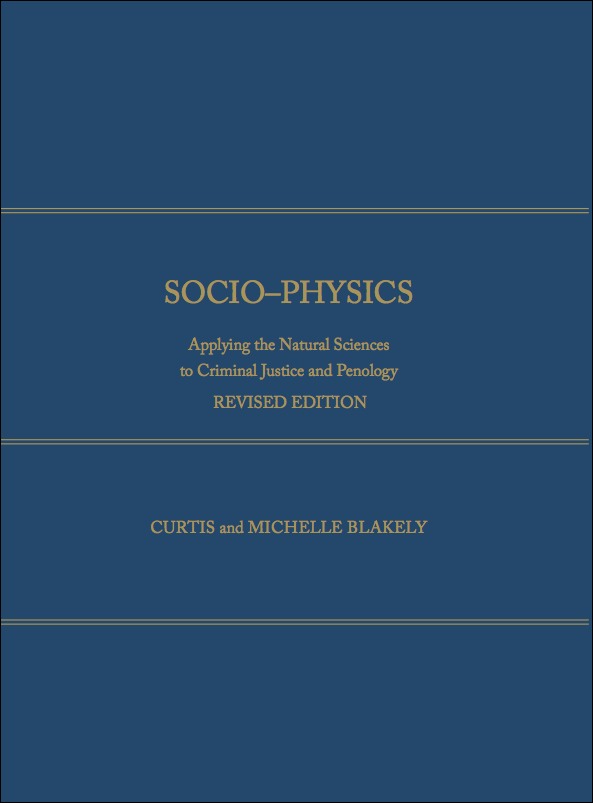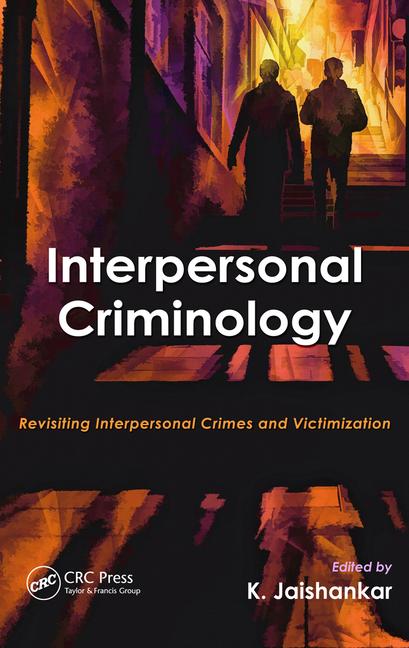Testing the Conceptual Path to Correctional Staff Safety: A Study of the Implementation of Unit Management in Two Medium Security State Institutions in the USA
Abstract:
Unit management is the preferred management model in Federal, state and private correctional institutions in the United States and is a model used in Australia, New Zealand and South Africa. It has also been seriously considered in Slovenia. The opportunity for staff participation in decisionmaking that this model specifies has been so lauded that unit management has become almost synonymous in practice and in the corrections literature with decentralization and direct supervision. The model has been credited for reducing inmate violence, maintaining/regaining staff control, and improving safety for inmates and staff. The uniqueness of the research here is that it presents a comparative case study of staff perceptions of their safety and the structural differences at two prisons that both have decentralized unit management staff and centralized hierarchal staff. It was predicted that unit management staff, compared to non-unit management staff, would feel safer and would perceive more delegation of authority and more opportunities to participate in decision-making. This study reports how the path to staff safety, as theorized by the unit management model, is not always as predicted. Staff perceptions were compared on a safety index that was created by factor analysis of responses to organizational climate surveys and to indices of decentralization and communication. Multiple regression analyses were then run on the staff safety index. The results indicate that the delegation of authority for decision-making can have inverse effects on the perception of staff safety; it depends on the way unit management is implemented.
Keyword:
Correctional personnel, Unit management, Direct supervision, Staff safety, Delegation of authority, Decentralized management.



